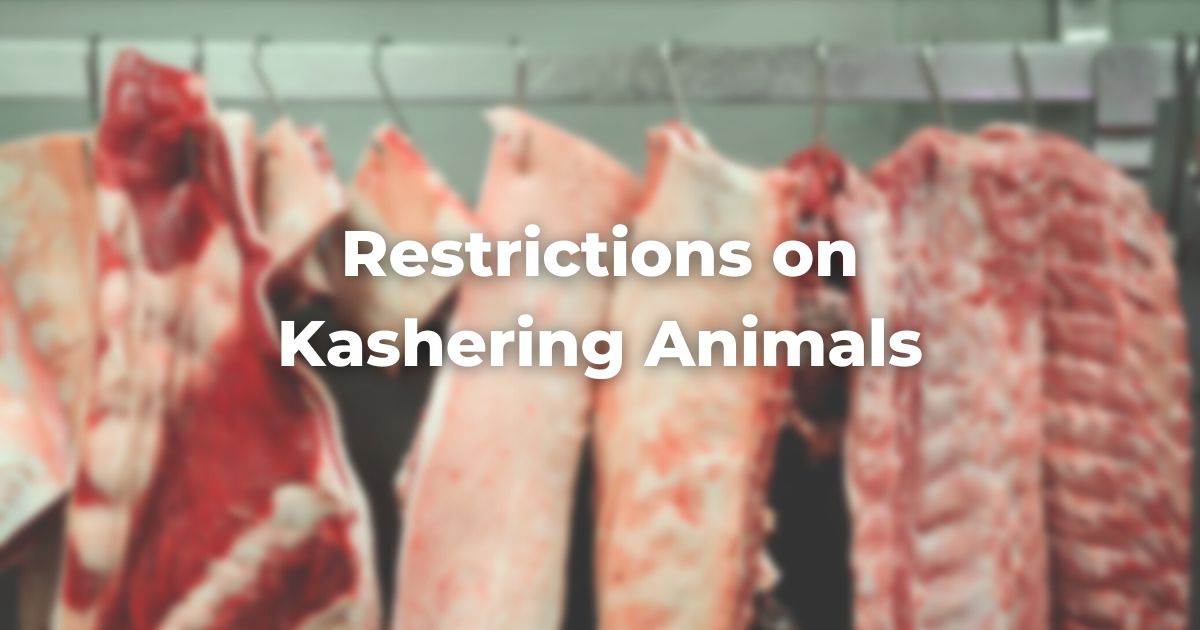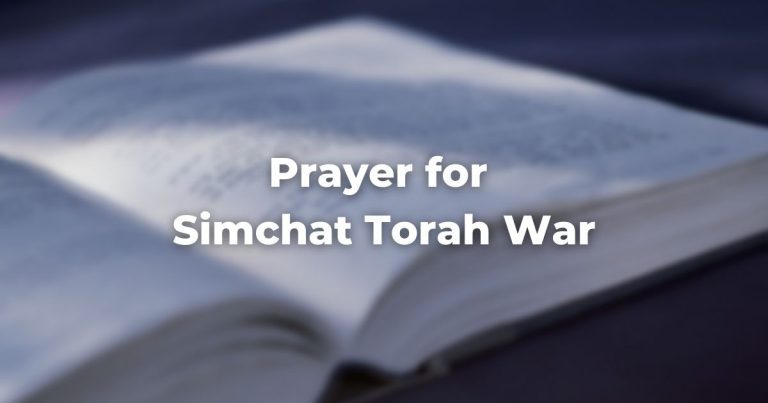Why are Animals Inspected?
Animals other than fish that are not slaughtered according to the laws of shechita may not be eaten—whether the animal died on its own due to illness, was hunted, was slaughtered in a non-kosher facility, or died in some other manner.
However, even if an animal is killed appropriately by a qualified slaughterer, it is still possible for its meat to be considered non-kosher if it is posthumously determined that the animal was ill or maimed internally in a significant way.
Therefore, after an animal has been killed, its carcass must be carefully inspected for any number of internal defects, as well as for evidence of disease.
The term t’reifah (treif), often used as a synonym for “non-kosher,” actually refers to animals that have the kind of physical defects that make their flesh unkosher regardless of the care with which they were slaughtered.
The Meaning of Glatt Kosher
There are a number of different parts of mammals which must be inspected, but the focus of the inspection today is mostly on the lungs. There are some lung imperfections, such as certain kinds of adhesions or the presence of scar tissue, that are permitted in kosher meat.
If, however, the inspected lung is found to be smooth to the touch, the animal’s flesh is often described not simply as being kosher, but as being glatt kosher. (The word glatt is the Yiddish word for “smooth.” In non-Yiddish-speaking venues and in Israel, the Hebrew word ḥalak, with the same meaning, is sometimes used.)
The designation “glatt kosher” is properly applied only to meat from mammals and refers specifically to this quality of having unscarred lungs free of all abrasions.
In the vernacular, however, glatt kosher has come to indicate a level of kashrut supervision above the basic requirements.
Consumption of any kosher meat is acceptable, however, and there is no requirement to eat only glatt kosher, except as an act of extreme piety.
Businesses that prey on the naïve by suggesting that people who are serious about kashrut would only eat glatt kosher meat are, therefore, behaving unscrupulously.
Restricted Portions
Even in ancient days, not all the meat of animals offered up as sacrifices in the Temple could be eaten. Certain parts—for example, the fat around the kidneys—were set aside for burning, to be consumed neither by the person bringing the sacrifice nor by the priests officiating at the sacrifice.
Today, there are still restrictions on eating certain portions of the animal.
The sciatic nerve, for example, as well as certain veins and forbidden fats, must be removed from the meat and not consumed. The process is called nikkur (treiberin in Yiddish) and must be done only by those who have been trained to do so.
The Torah prohibits eating of the sciatic nerve, known in Hebrew as gid ha-nasheh, at Genesis 32:33, but does not forbid the consumption of the meat surrounding it.
Therefore, in theory, once the prohibited fats, veins, and sciatic nerve itself have all been removed, the entire slaughtered animal may be eaten. Yet the proper removal of these parts is so difficult, time-consuming, and costly that it is rarely financially worthwhile to do so.
As a result, it is rare for the hindquarters of a slaughtered animal, where the forbidden sinew is located, to be marketed as kosher meat. Instead, the rear sections of the animal are usually sold as non-kosher, even though they could be prepared for kosher consumption.
It is not unheard of but merely very unusual for commercial butchers in North America to offer this service. Before purchasing such meat, however, thoughtful kosher consumers should assure themselves about both the skill of the butcher and the level of kashrut supervision in the establishment in question.
Adapted with permission from The Observant Life.
Authors
-

Rabbi Paul S. Drazen (1951-2018) spent two-thirds of his rabbinic career serving individual congregations and one-third on the staff of USCJ, all the while creating programs and educational opportunities to make Jewish observance and practice clear, accessible, and attainable for everyone.
View all posts -



The Observant Life: The Wisdom of Conservative Judaism for Contemporary Jews distills a century of thoughtful inquiry into the most profound of all Jewish questions: how to suffuse life with timeless values, how to remain loyal to the covenant that binds the Jewish people and the God of Israel, and how to embrace the law while retaining an abiding sense of fidelity to one’s own moral path in life. Written in a multiplicity of voices inspired by a common vision, the authors of The Observant Life explain what it means in the ultimate sense to live a Jewish life, and to live it honestly, morally, and purposefully. The work is a comprehensive guide to life in the 21st Century. Chapters on Jewish rituals including prayer, holiday, life cycle events and Jewish ethics such as citizenship, slander, taxes, wills, the courts, the work place and so much more.
View all posts






